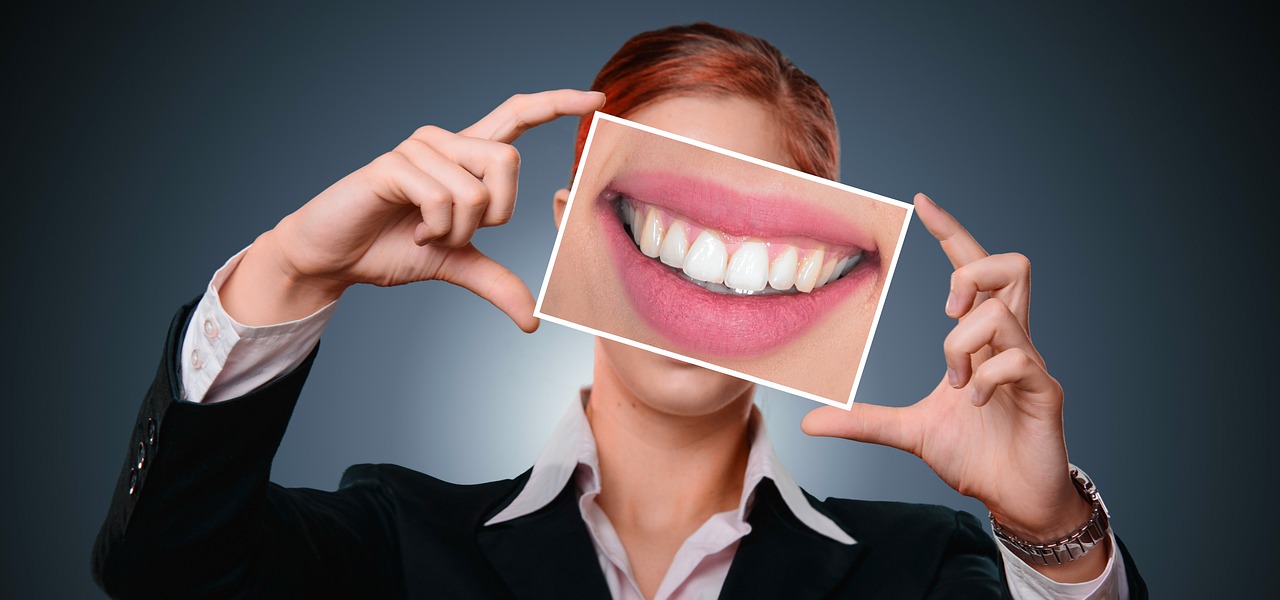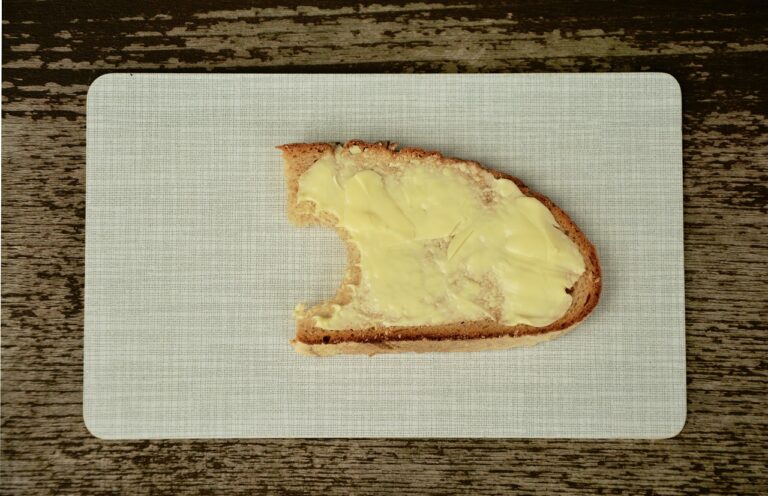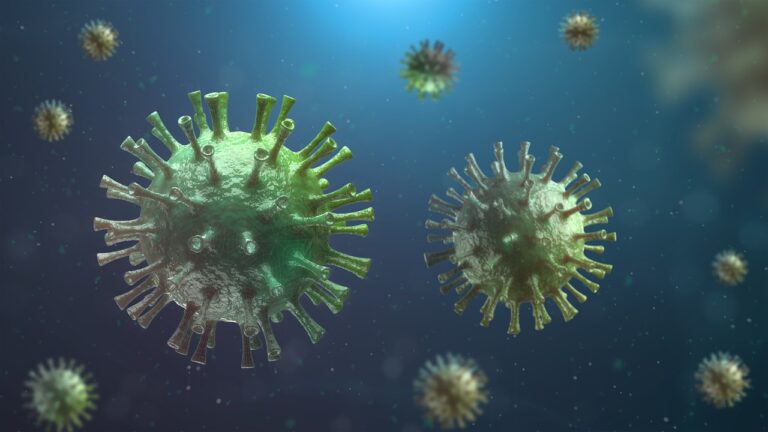Advancements in 3D Bioprinting for Dental Restoration: Printing Tooth Structures
3D bioprinting is a cutting-edge technology that merges the fields of biology and engineering to create three-dimensional structures using living cells. This innovative approach enables the precise positioning of cells and biomaterials to fabricate tissues and organs with intricate configurations and functionalities that mimic natural biological systems. By layering bioinks of cells and biomaterials in a controlled manner, 3D bioprinters can generate complex structures with high precision and resolution, offering endless possibilities in various applications, including tissue engineering, drug testing, and regenerative medicine.
One of the key advantages of 3D bioprinting is the ability to tailor the composition and architecture of the printed constructs to match the specific needs of individual patients. This personalized approach holds great promise for revolutionizing healthcare by providing patient-specific treatments and implants that enhance treatment outcomes and reduce the risk of rejection. Additionally, the versatility and scalability of 3D bioprinting technology pave the way for advancements in biomedical research and clinical practice, offering a new realm of possibilities for addressing unmet medical needs and challenges in the field of healthcare.
Current Challenges in Dental Restoration
Dental restoration techniques have significantly evolved with the advent of 3D bioprinting technology. While the potential for personalized, precise restoration solutions is promising, several challenges hinder its widespread application in dentistry. One of the primary issues faced in dental restoration is the biocompatibility and long-term durability of the materials used. Ensuring that the materials are not only safe for use within the oral cavity but also capable of withstanding the harsh oral environment poses a significant challenge for researchers and practitioners alike.
Moreover, another challenge in dental restoration lies in achieving optimal integration of the printed structures with the surrounding natural tissues. Seamless integration is crucial for the long-term success of dental implants and restorations. The ability to mimic the natural architecture and properties of oral tissues while ensuring proper functionality remains a complex challenge that researchers continue to address. By overcoming these challenges, 3D bioprinting has the potential to revolutionize the field of dental restoration, offering patients custom-made, long-lasting solutions for their oral health needs.
Materials Used in 3D Bioprinting for Dental Applications
One of the key materials commonly used in 3D bioprinting for dental applications is a bioink. Bioinks are hydrogels that serve as printable scaffolds to support the growth of cells and tissues. These bioinks are often composed of biocompatible materials such as alginate, gelatin, or hyaluronic acid, which provide a suitable environment for cell adherence and proliferation.
In addition to bioinks, bioceramics are another vital material utilized in 3D bioprinting for dental applications. Bioceramics offer excellent biocompatibility and mechanical properties, making them ideal for creating dental implants and restorations. Materials such as hydroxyapatite and tricalcium phosphate are commonly used in 3D bioprinting to fabricate structures that closely resemble natural dental tissues for improved integration and functionality.
• Bioinks are hydrogels used as printable scaffolds for cell growth
• Composed of biocompatible materials like alginate, gelatin, hyaluronic acid
• Provide suitable environment for cell adherence and proliferation
• Bioceramics offer excellent biocompatibility and mechanical properties
• Ideal for creating dental implants and restorations
• Materials like hydroxyapatite, tricalcium phosphate used to fabricate structures resembling natural dental tissues
What is 3D bioprinting?
3D bioprinting is a technology that allows for the creation of three-dimensional structures using biological materials, such as cells and biomaterials, to replicate tissues and organs.
What are some current challenges in dental restoration?
Some current challenges in dental restoration include the limited availability of suitable materials, the need for high precision in shaping dental structures, and the time-consuming nature of traditional dental restoration techniques.
What are some of the materials used in 3D bioprinting for dental applications?
Materials commonly used in 3D bioprinting for dental applications include bioinks, which are mixtures of cells and biomaterials, as well as polymers, ceramics, and metals that are compatible with dental tissues.







